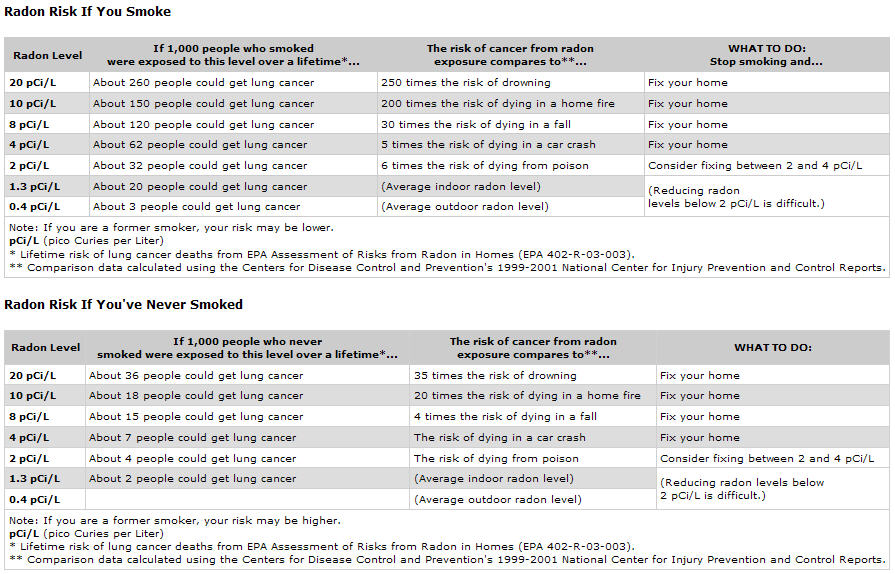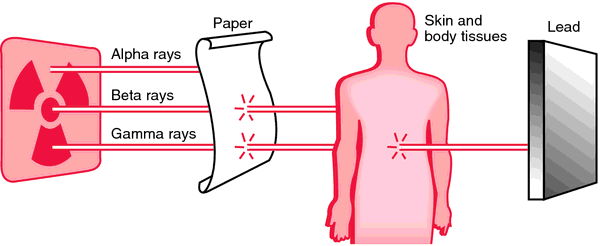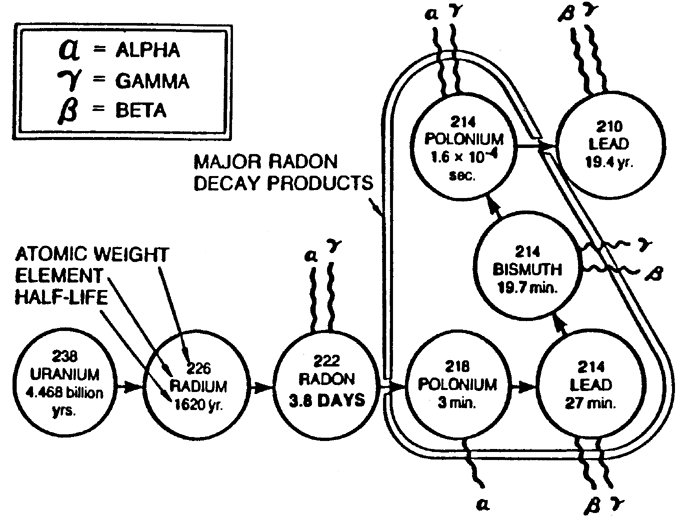How do you put the risk from radon into perspective, especially since all homes contain some level of radon gas in them and there is no “safe level” except zero?
I have found the following charts to be helpful in evaluating risk: (please click on the pictures for a full sized detailed view)

Radon Gas Chart Safety Level Relative Risk Factors
Texas CMIS Mold Information Sheet
Notice that the risk for a radon level at the EPA action limit of 4 picoCuries/liter is similar to the same risk of dying in a car wreck. I have personally observed several residences that I have tested in Dallas county to EXCEED this limit including my own home.
Radon is linked to not just lung cancer, but recent epidemiological evidence also suggests that radon gas may also be a risk factor and contributor to
- Acute Myeloid Leukemia (AML) 13 % – 25 % of all cases worldwide.
- Kidney cancer
- Certain childhood cancers
- Melanoma



